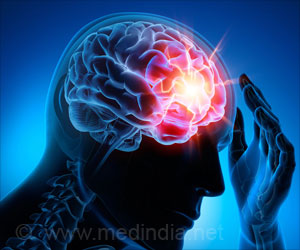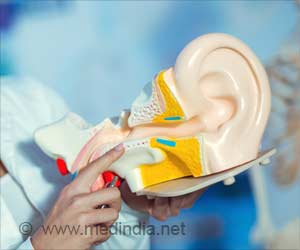Study discovers the crucial role that satellite DNA plays in holding the genome together.
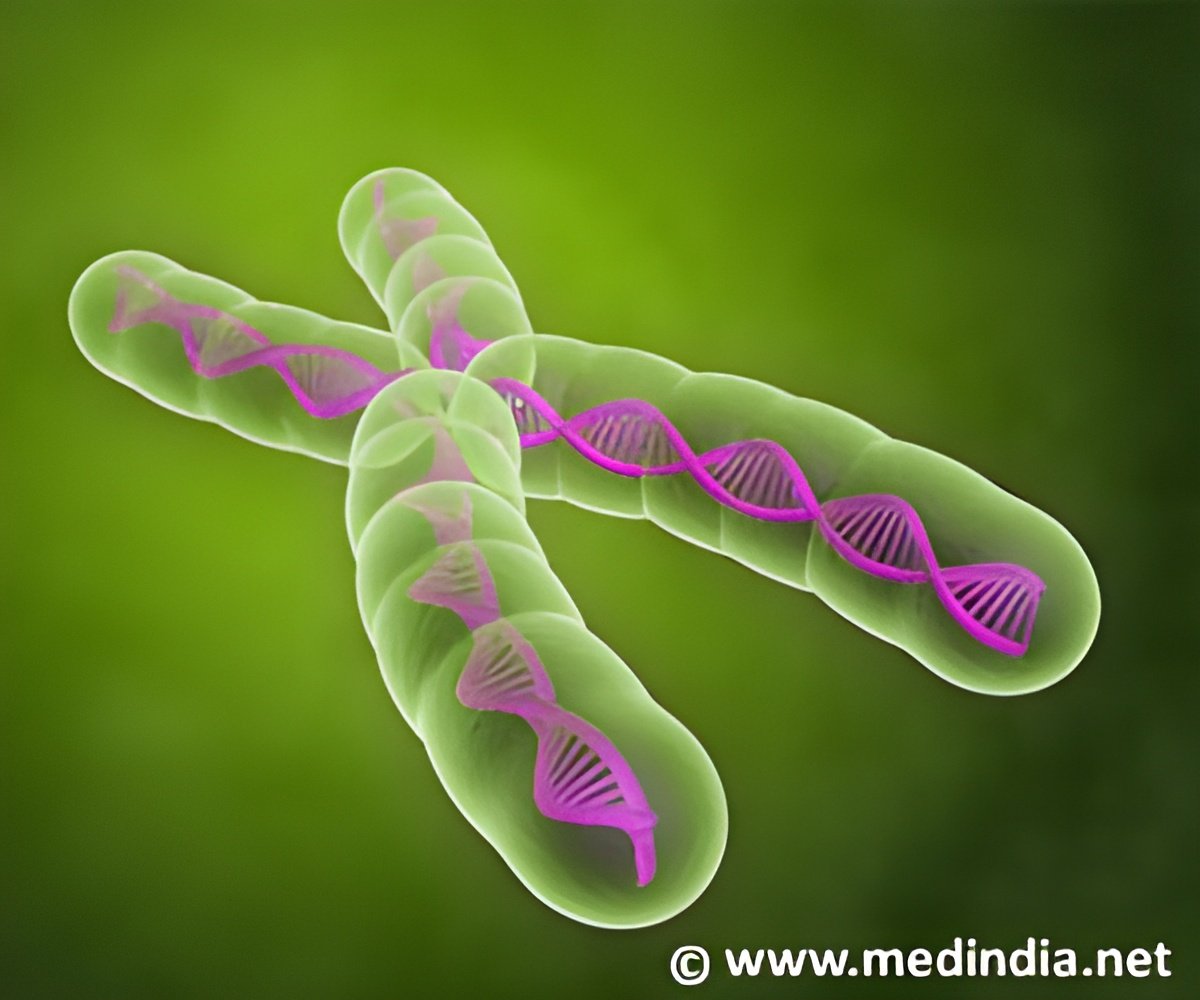
TOP INSIGHT
‘Junk DNA’ performs the vital function of ensuring that chromosomes bundle correctly inside the cell's nucleus, which is necessary for cell survival.
"But we were not quite convinced by the idea that this is just genomic junk," said Yukiko Yamashita, research professor at the LSI and lead author on the study. "If we don't actively need it, and if not having it would give us an advantage, then evolution probably would have gotten rid of it. But that hasn't happened."
Yamashita and her colleagues decided to see what would happen if cells could not use this pericentromeric satellite DNA. Because it exists in long, repetitive sequences, the researchers could not simply mutate or cut the entire satellite DNA out of the genome. Instead, they approached the question through D1, a protein known to bind to satellite DNA.
The researchers removed D1 from the cells of a commonly used model organism, Drosophila melanogaster (fruit flies). And the team quickly noticed that germ cells--the cells that ultimately develop into sperm or eggs--were dying.
Further analysis revealed that the dying cells were forming micro-nuclei, or tiny buds, outside the nucleus that included pieces of the genome. Without the entire genome encapsulated in the nucleus, the cells could not survive.
"It's like forming a bouquet," said Yamashita, who is also a professor of cell and developmental biology at the U-M Medical School and an HHMI investigator. "The protein has multiple binding sites, so it can bind onto multiple chromosomes and package them together in one place, preventing individual chromosomes from floating out of the nucleus."
The similar findings from both fruit fly and mouse cells lead Yamashita and her colleagues to believe that satellite DNA is essential for cellular survival, not just in model organisms, but across species that embed DNA into the nucleus--including humans.
Source-Eurekalert
 MEDINDIA
MEDINDIA
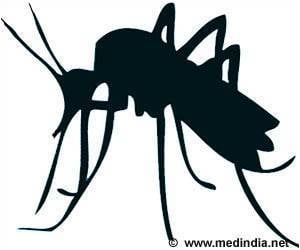

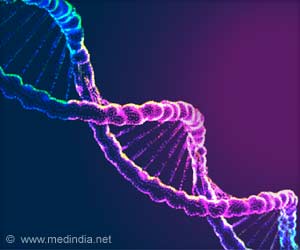

 Email
Email

